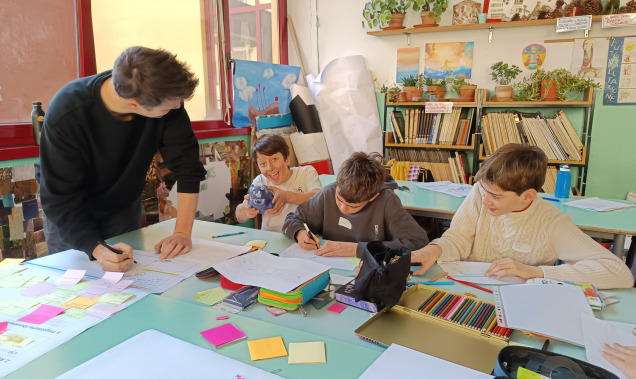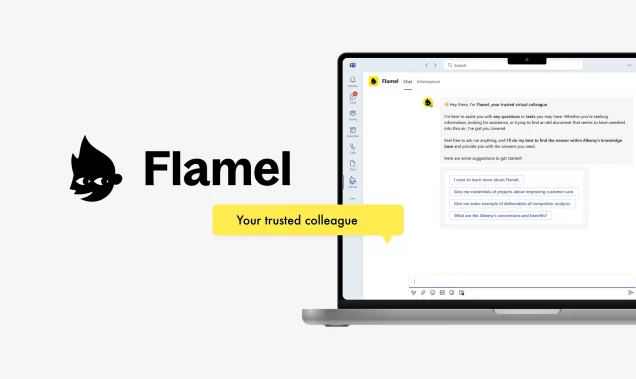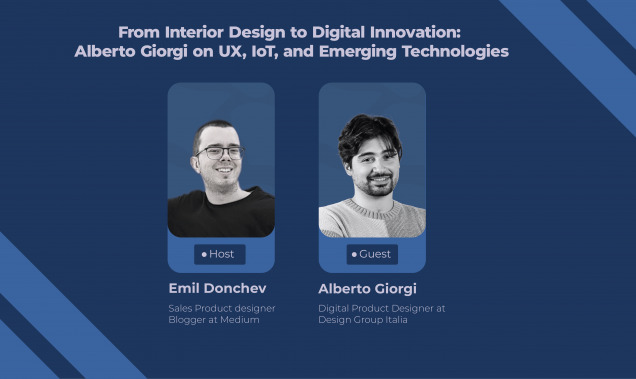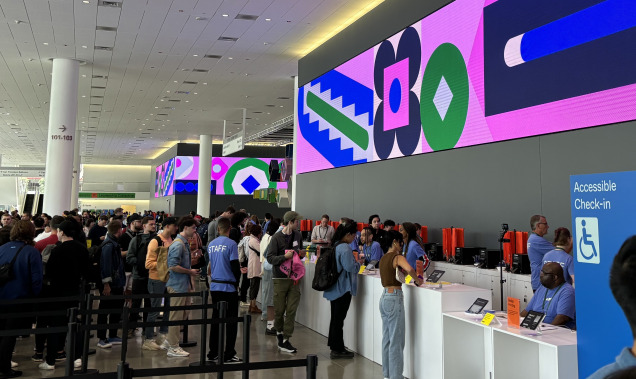Connected objects are natural-born storytellers
In this talk, originally written for Warner Brothers’ annual summit, Leandro Agro argues that connected objects are natural-born storytellers.
Some objects are made from materials that cause a specific feeling, while others are telling us stories through their physical design, or their specific features. Each of them also communicates by leveraging on their brand.
Sometimes because of their own nature, and mostly because we as humans can relate our experience with objects, we might say that these objects are already telling us stories. So, when do objects become true storytellers?
According to Paola Antonelli, Senior Curator at MoMA, all objects contain information that goes well beyond their immediate use or appearance. Whether openly and actively, or in subtle, subliminal ways, things talk to us, and designers help us develop and improve the dialogue.
MoMA’s 2011 exhibition Talk to me was an art exhibition on design and technology. In these fields, objects noisily started to talk to us when the Internet of Things encountered the wearable devices market. A simple bracelet like UP from Jawbone is the perfect example of things that record what we do every day. This extended memory, visualized through a dashboard, is able to make our behavior measurable and more understandable.
Visualizing information in a meaningful way is part of the story. However, if we isolate the storytelling objects to the undirectional information flow from the device to the dashboard, we can’t say that the object is a true storyteller.
Audiences are a relevant part of telling stories. The story begins to work when a connected object is designed to share its discoveries through the same social network as a human.
Connected objects are usually smart enough to create a behavioral change. For example, take a detection device for measuring and recording something such as how many steps a person is walking. Automatic memories could be very powerful.
The information pollution combined with emergent multitasking habits might make your day very complicated. We all need more memory to take care of the thousands of interactions we run into every day, but this is what happens while humans are outsourcing memory into The Cloud.
To anticipate and respond to this need, researchers and designers tried to introduce the concept of a life recorder. One of the first was developed by Domus Academy’ for Motorola (CeBIT in 2001).
Beyond Motorola’s concept, many others explored this idea to record life. Such as SenseCam, a wearable camera that takes photos automatically. Originally conceived as a personal Black Box accident recorder, it soon became evident that looking through images previously recorded tends to elicit vivid memories of the original event.
Momenta is another life recorder, probably the strangest wearable created in recent years. Introduced as a concept in 2008, Momenta started from the idea that we’ll all eventually record our lives digitally. If you’ve ever thought, “I wish I had that on tape”, when everybody is laughing themselves to tears, well Momenta has already captured the previous five minutes in its rolling buffer and continues to record until you tell it to stop. Triggered by an increased heart rate, it captures those hilarious or exciting moments that are usually lost forever. Crazy?
Automatic memories taken by a photo/video camera are of higher quality than ever before. The Life Recorder in this example allows users to recall people’s identities and information. Today we might consider it as enjoyable, just like taking a selfie.
Life recorders may aspire to be storytellers, but they are not smart enough and definitively not conscious.
The next step to being a storyteller might be to evolve as a companion.
Objects start to perform a behavior that makes them act like a conscious storyteller. Jibo robot, developed in Japan, is not only able to respond to voice interaction (like Google Glasses, for example) but also takes action by considering the context. For example, understanding who is in the room, or when it might be the right moment to notify a reminder.
Cynthia Breazeal, Jibo’s mother, declared that her interest in robotics bloomed the first time she saw Star Wars in a cinema when she was 10 years old. And certainly, she wasn’t the only one. The idea to build a companion robot already has a long story. Thanks to all the robotic dogs, rabbits, and dinosaurs we have seen in films during the last ten years, the idea of an autonomous companion is flourishing.
For example, in 2005 and 2007, Nissan presented Pivo, the world’s first car with a robotic interface. A concept that looks very similar to Star Wars D3BO space droid and not too far from Jibo. This Robotic Agent is a friendly companion that takes care of safety and other travel-related actions. Nissan claims that this multifaceted sensor will be capable of voice command (voice-enabled GPS for example) and biometric facial recognition. A mood detection algorithm should understand if the driver is relaxed and trying to engage the user and shift the mood when needed.
The robot also takes care of the driver’s blinking to prevent weariness. Pivo and the agent are still in concept mode. But we have Kirobo, which stands just 13.4 inches tall and weighs about 2.2 pounds. Kirobo is programmed to communicate in Japanese and keep records of its conversations with Wakata, the first Japanese astronaut to command the ISS. Kirobo is the world’s first talking robot astronaut. And yes, it does look similar to Astroboy.
Here, we have moved from connected objects to robots. But it makes sense as it is the natural progression. Robots are starting to discuss with us, we might consider the early words, numbers, and dashboards provided by our connected objects like stories.
As designers and technologists, we consider that objects are talking to us, we might provide an additional effort in making them better equipped to tell us their stories. As good listeners we might find a potential value where others are simply seeing noise, innovating products, and creating more value.
Last but not least, we should think in a broader way and respect the next generation of connected devices. In fact, while technology evolves, we might design our next iPhone as an autonomous companion, linked with each of us through an emotional connection.
Connected Objects as Natural Born Storytellers was originally written for a talk presented at Warner Brothers annual summit.





